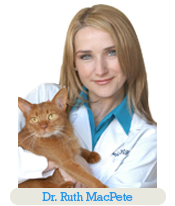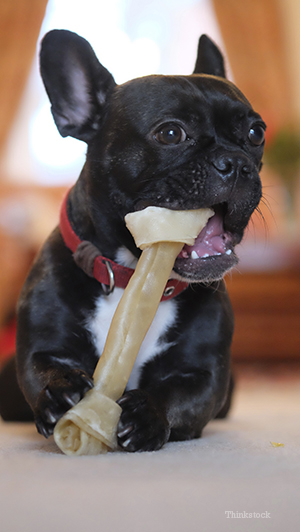
If you’ve been to a dog show, you probably noticed the judges checking dogs’ teeth. Have you ever wondered what they’re looking for? Are they checking to see if the dogs flossed?
When judges look at a dog’s teeth, they are actually evaluating the dog’s occlusion, also known as their bite to make sure it meets the breed standard. Occlusion refers to the way the upper and lower teeth align, or more specifically, the way they fit together.
A malocclusion occurs when the teeth do not properly fit together when the mouth is closed. A malocclusion may be due to the teeth being abnormally positioned (dental malocclusion), or the jaws being misaligned (skeletal malocclusion).
A malocclusion may be due to the teeth being abnormally positioned (dental malocclusion), or the jaws being misaligned (skeletal malocclusion).
Types of malocclusions
- Class 1 malocclusions occur when the upper and lower jaws are aligned (i.e. no underbite or overbite) but the teeth don’t come together properly because of crowding, misalignment, or rotation.
- Class 2 malocclusions are also known as an overbite. An overbite occurs when the maxillary (upper jaw) teeth are displaced forward relative to the mandibular (lower jaw) teeth.
- Class 3 malocclusions are also known as an underbite. An underbite occurs when the mandibular (lower jaw) teeth protrude forward relative to the maxillary (upper jaw) teeth.
Causes of malocclusion
Malocclusion in dogs is usually hereditary, which means the condition is passed down to future generations. Malocclusions are common in certain breeds of dogs. For example, class 3 malocclusions (underbites) are commonly seen in brachycephalic breeds such as Boxers, Shih Tzus, Bulldogs, and Pugs.
Diagnosis of malocclusion
During your dog’s annual exam, your veterinarian will check your dog’s teeth and bite (another reason why annual exams are so important). If your puppy is developing any alignment issues, your veterinarian may suggest dental radiographs and may even refer your puppy to a veterinary dentist to correct any serious malocclusions before they become a problem.
Why should you care about malocclusion?
So what if your dog’s teeth aren’t perfect? After all, he isn’t a toothpaste model. Well, malocclusions aren’t just a cosmetic issue. Certain types of malocclusions can cause difficulty or discomfort when eating or chewing. Some malocclusions cause trauma to the gums, palate, cheeks, other teeth and lead to excessive tartar and calculus build up. In fact, in veterinary medicine, malocclusions are only treated if they are causing pain or problems with chewing — not for aesthetic reasons. Dogs with a crooked smile are still adorable!
Treatment of malocclusion
Fortunately, not all malocclusions require treatment and some are even considered normal for particular breeds. Malocclusions that do not cause discomfort or trouble eating do not require any treatment. Symptomatic malocclusions benefit from early detection and treatment to prevent pain, difficulty eating, and other complications. Treatment depends on the type of malocclusion and may involve interceptive orthodontics to move teeth, shorten teeth or extract teeth. Be sure to take your dog to the veterinarian every year to have his teeth checked and ensure he’s not having problems with his teeth and bite.
For more information about malocclusions in dogs, speak with your veterinarian or go to the American Veterinary Dental College website.
If you have any questions or concerns, you should always visit or call your veterinarian -- they are your best resource to ensure the health and well-being of your pets.
